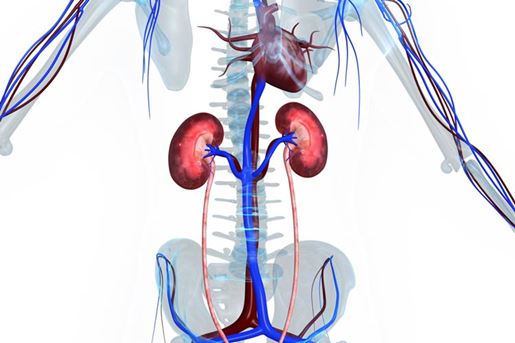Cardiorenal Syndrome: Classification, Pathophysiology, Diagnosis, and Treatment Strategies
Published: March 11, 2019

- There is an overlap between cardiovascular and kidney disease: hemodynamic interactions of heart and kidney failure, the impact on atherosclerotic disease across both organs, and neurohormonal activation are some of several overlap examples.
- The term cardiorenal syndrome (CRS) includes a spectrum of disorders involving both the heart and kidneys where acute or chronic dysfunction in one organ may induce acute or chronic dysfunction in the other organ.
- The Council on the Kidney in Cardiovascular Disease of the American Heart Association initiated work on this comprehensive overview of CRS to highlight developments in this ever-growing field.
Supporting Materials
- Commentary: The Heart-Kidney, Kidney-Heart Connection and Our Improving Understanding of a Complex and Intimate Relationship by 1. Norman E. Lepor, MD FACC, 2. Kevin S Shah, MD
- Top Things to Know: Cardiorenal Syndrome: Classification, Pathophysiology, Diagnosis, and Treatment Strategies
Recommended Reading
- 2017 Hypertension Clinical Guidelines
- Role of Biomarkers for the Prevention, Assessment, and Management of Heart Failure
- 2017 ACC/AHA/HFSA Focused Update of the 2013 ACCF/AHA Guideline for the Management of Heart Failure
- Recommendations for the Use of Mechanical Circulatory Support: Ambulatory and Community Patient Care
- Contributory Risk and Management of Comorbidities of Hypertension, Obesity, Diabetes Mellitus, Hyperlipidemia, and Metabolic Syndrome in Chronic Heart Failure
- Drugs That May Cause or Exacerbate Heart Failure
- Updated Clinical Practice Guidelines on Heart Failure
- Sex Differences in the Cardiovascular Consequences of Diabetes Mellitus